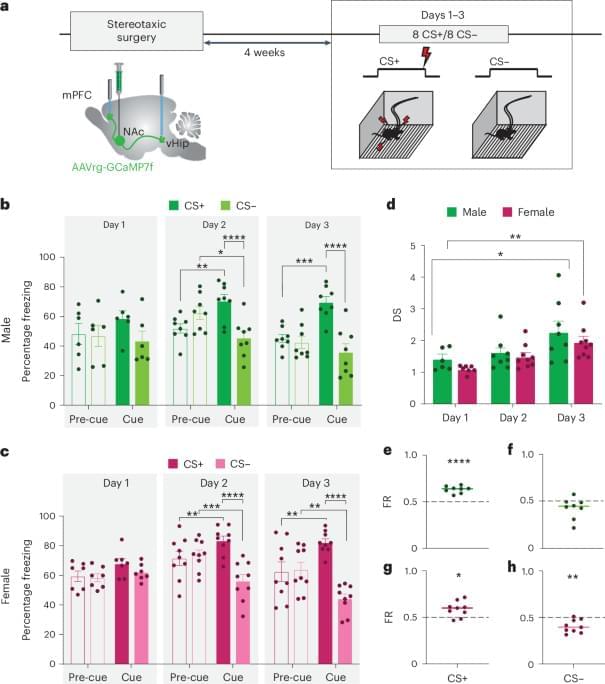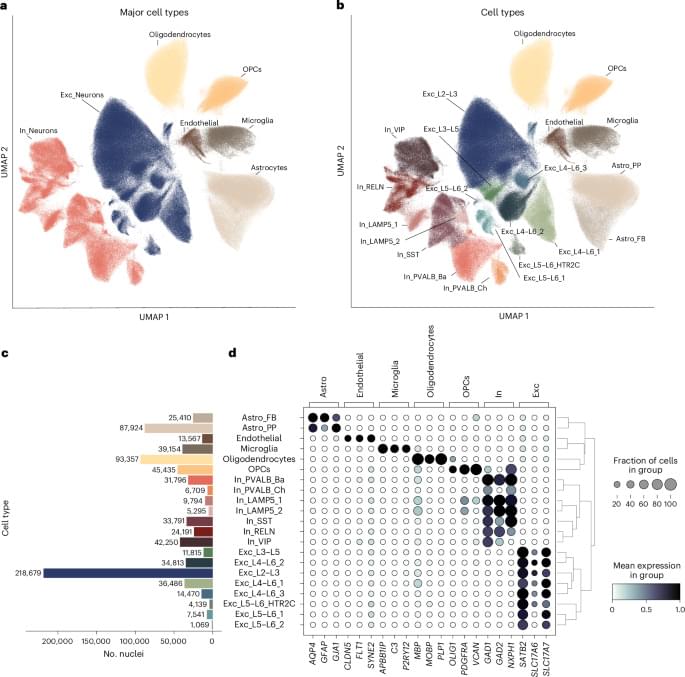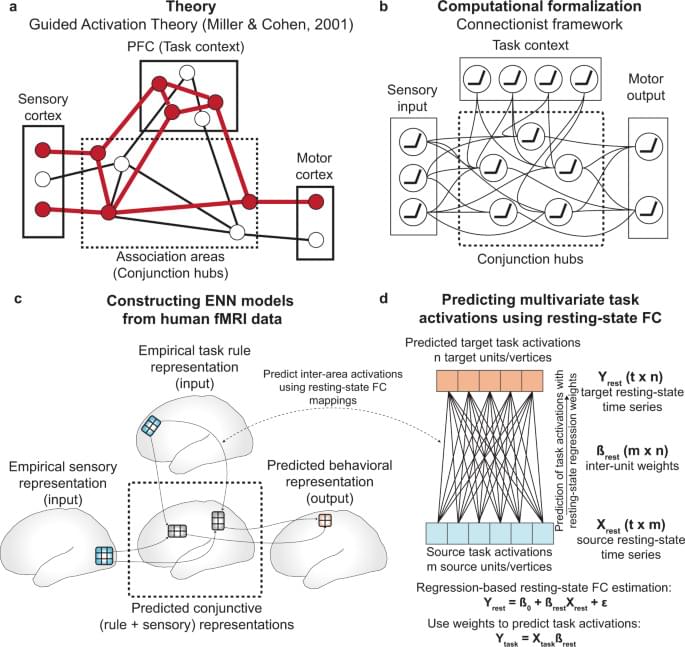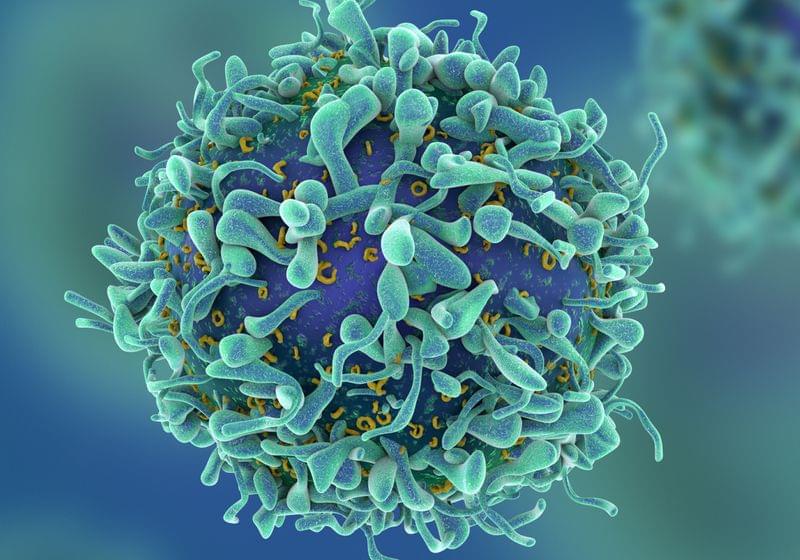A summary of an argumentative paper by Litt, Eliasmith, Kroon, Weinstein and Thagard.
Get the latest international news and world events from around the world.
H+ Magazine: Randal Koene on Whole Brain Emulation
Randal Koene discusses Whole Brain Emulation on the H+ Magazine podcast. He touches on the subjects of connectomics, neural mapping, optogenetics, and neural prosthesis.




OpenAI releases new o1 AI, its first model capable of reasoning
To expand its GPT capabilities, OpenAI released its long-anticipated o1 model, in addition to a smaller, cheaper o1-mini version. Previously known as Strawberry, the company says these releases can “reason through complex tasks and solve harder problems than previous models in science, coding, and math.”
Although it’s still a preview, OpenAI states this is the first of this series in ChatGPT and on its API, with more to come.
The company says these models have been training to “spend more time thinking through problems before they respond, much like a person would. Through training, they learn to refine their thinking process, try different strategies, and recognize their mistakes.”

Entire Swarm of Black Holes Detected Moving Through The Milky Way
I find it weird that black holes would be moving throughout the galaxy because most are stationary.
A fluffy cluster of stars spilling across the sky may have a secret hidden in its heart: a swarm of over 100 stellar-mass black holes.
The star cluster in question is called Palomar 5. It’s a stellar stream that stretches out across 30,000 light-years, and is located around 80,000 light-years away.
Such globular clusters are often considered ‘fossils’ of the early Universe. They’re very dense and spherical, typically containing roughly 100,000 to 1 million very old stars; some, like NGC 6397, are nearly as old as the Universe itself.
Only $20K! Elon Musk CONFIRMS All Tasks Tesla Bot 2.0 Optimus Gen 3 Can Do! Next Gen Homemaker
Enjoy the videos and music you love, upload original content, and share it all with friends, family, and the world on YouTube.
‘Brain-breaking’ glass bricks are 3D printed, reusable, and strong
Using a 3D printer that works with molten glass, researchers forged LEGO-like glass bricks with a strength comparable to concrete. The bricks could have a role in circular construction in which materials are used over and over again.
“Glass as a structural material kind of breaks people’s brains a little bit,” says Michael Stern, a former MIT graduate student and researcher in both MIT’s Media Lab and Lincoln Laboratory. “We’re showing this is an opportunity to push the limits of what’s been done in architecture.”
Stern is also the founder of MIT spinoff, Evenline. That company developed a special 3D printer that can execute additive manufacturing using molten glass as its feedstock, which you can see in operation in the following video.
